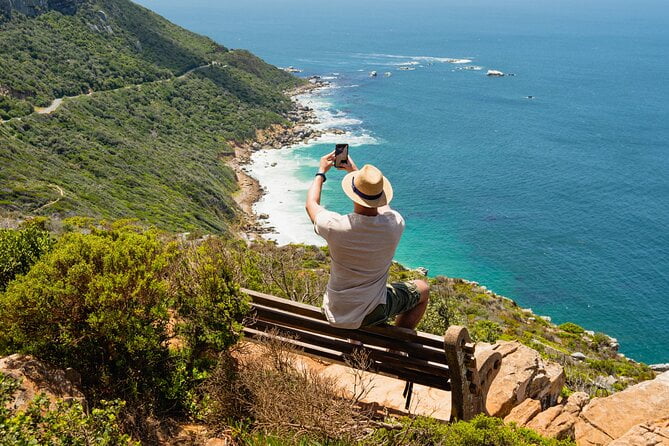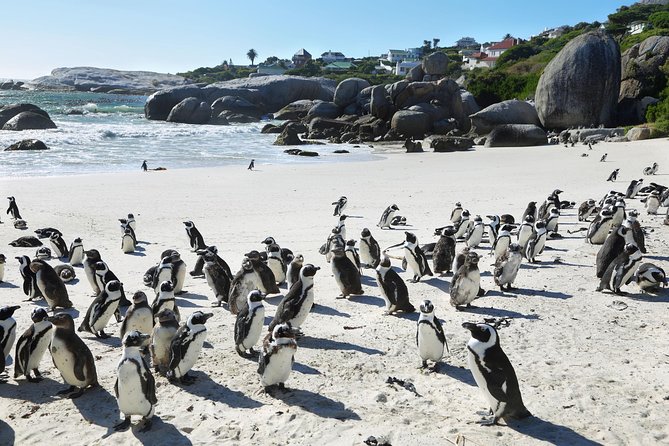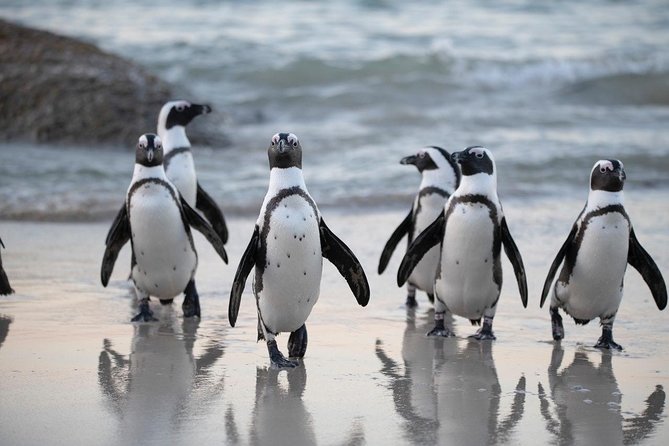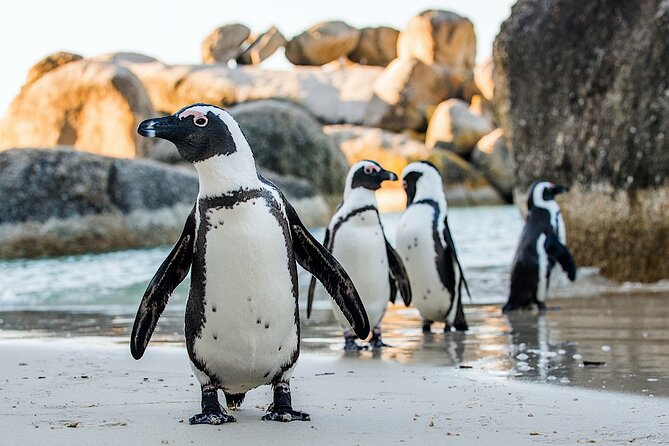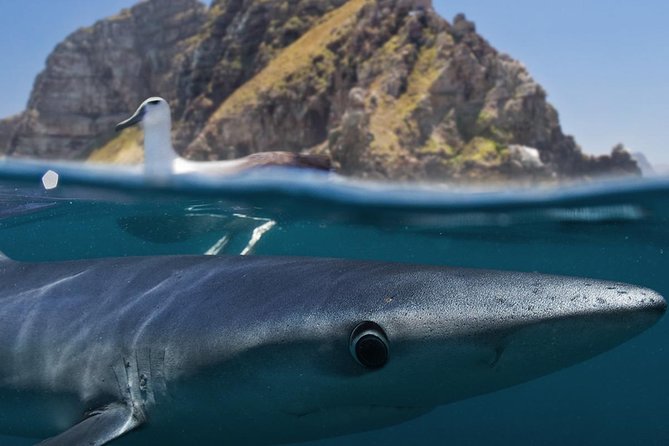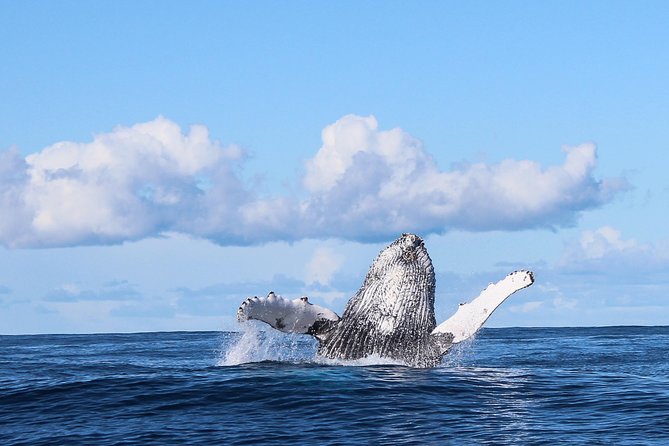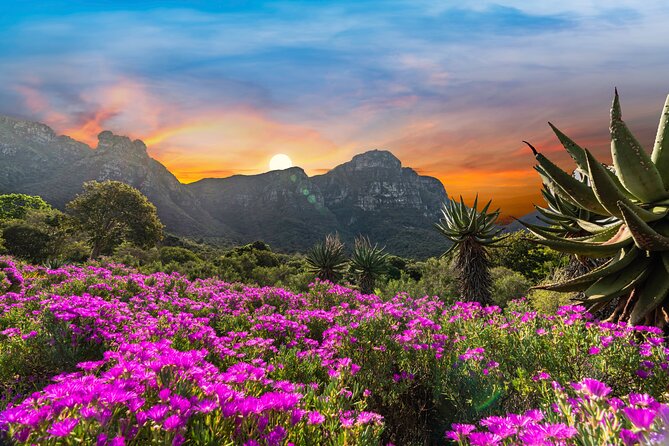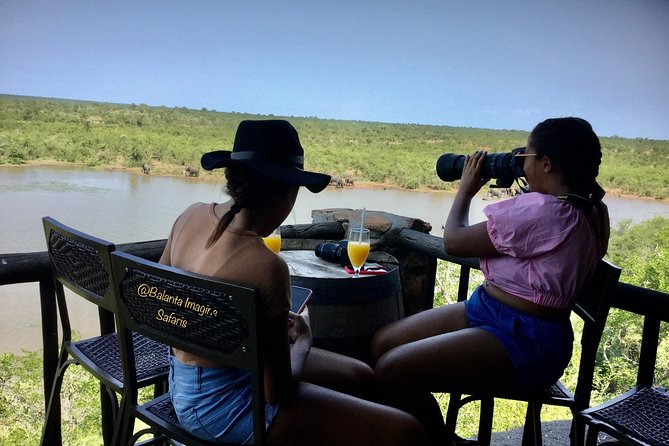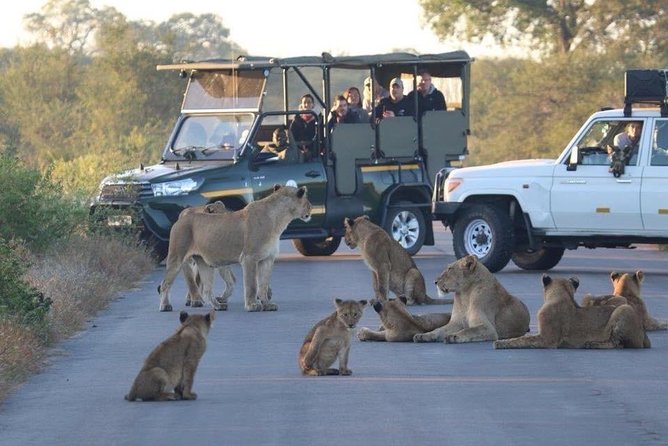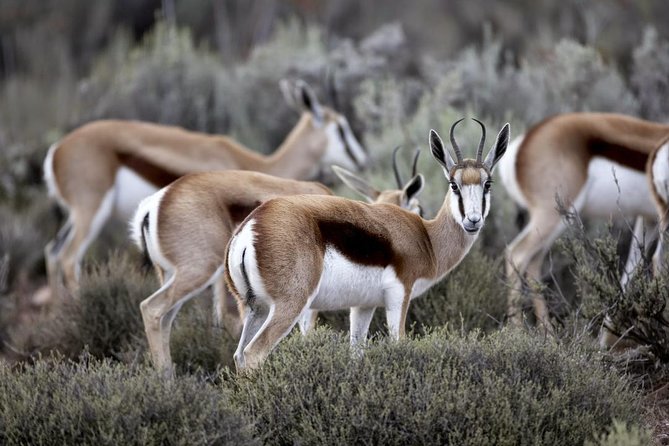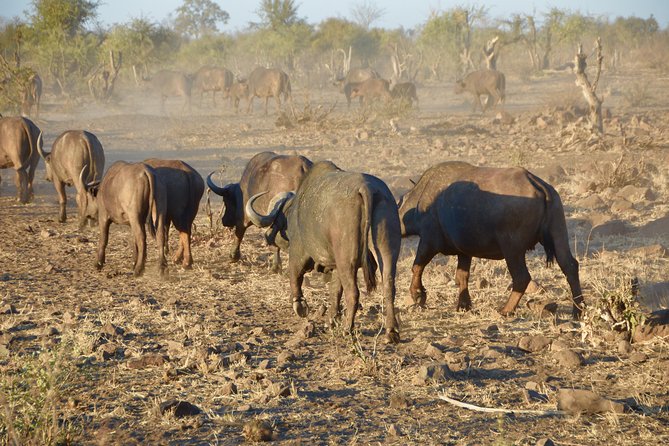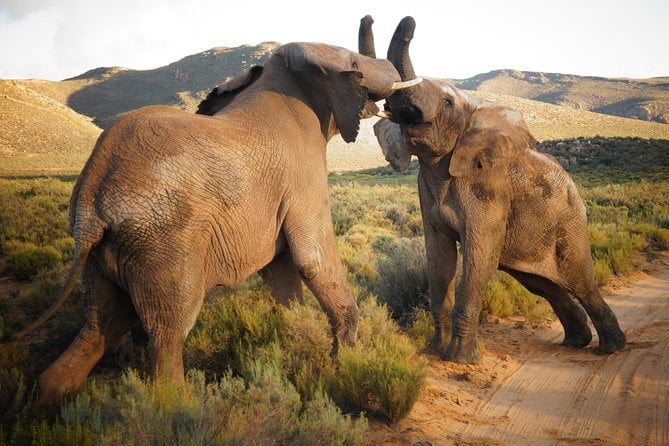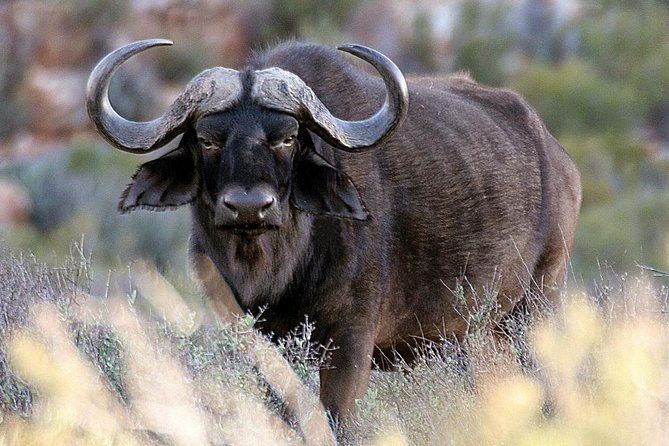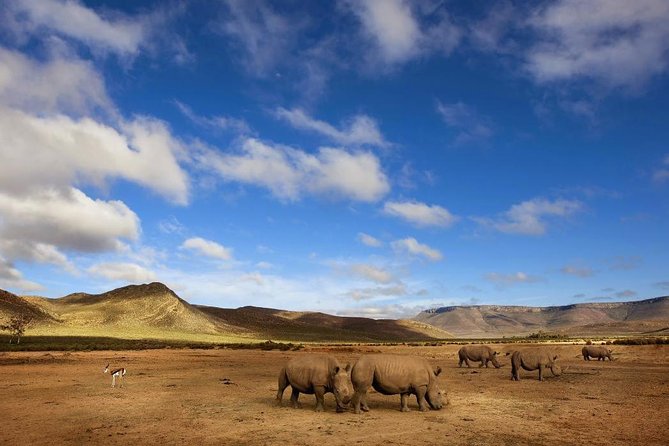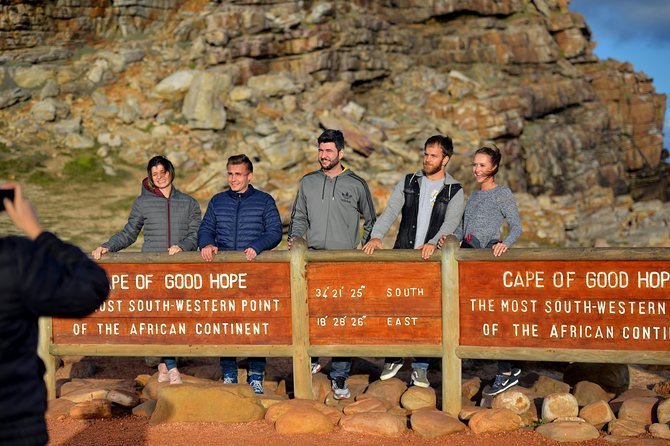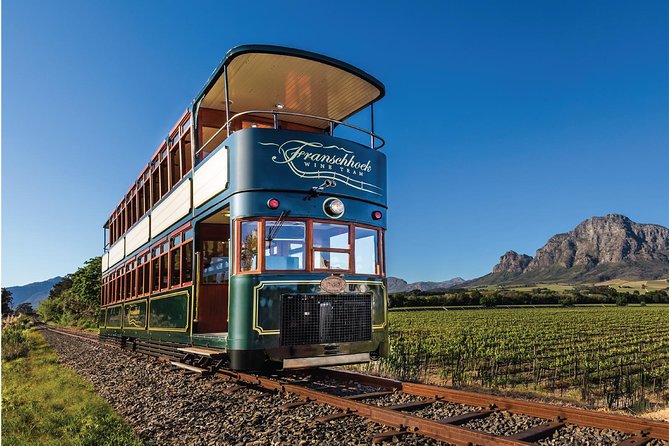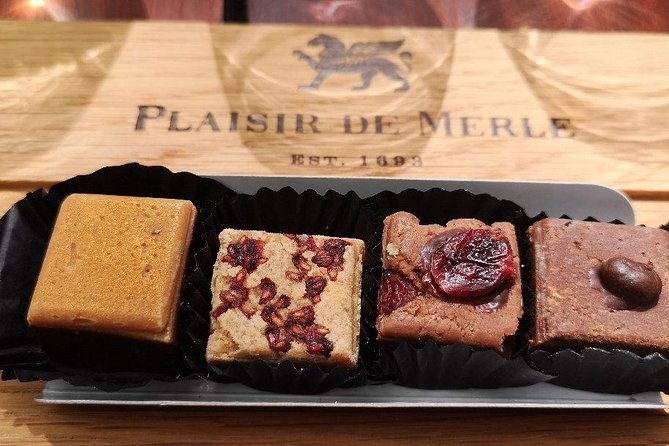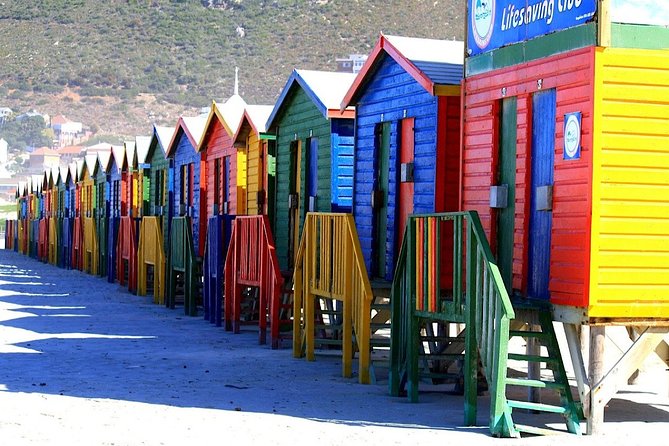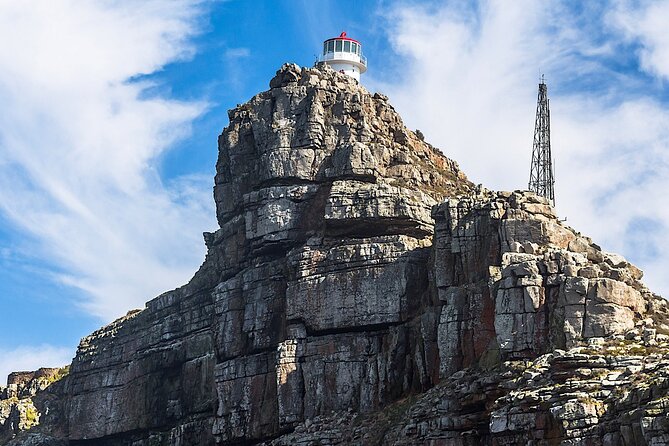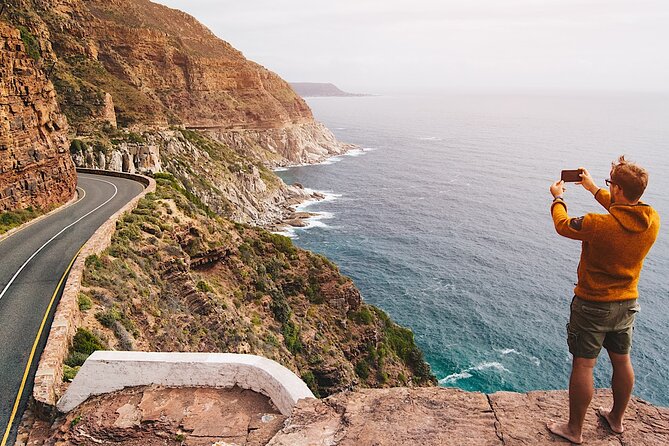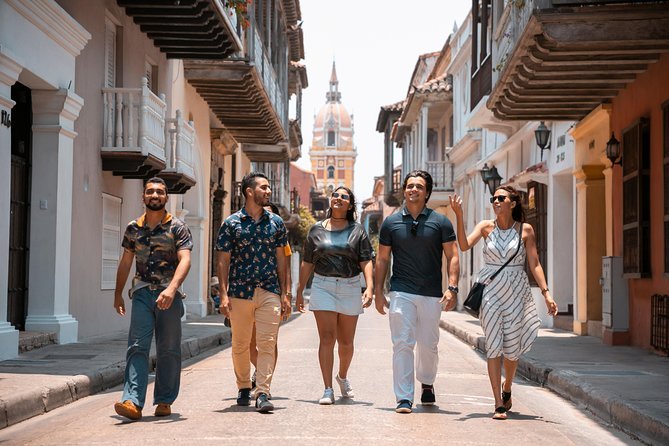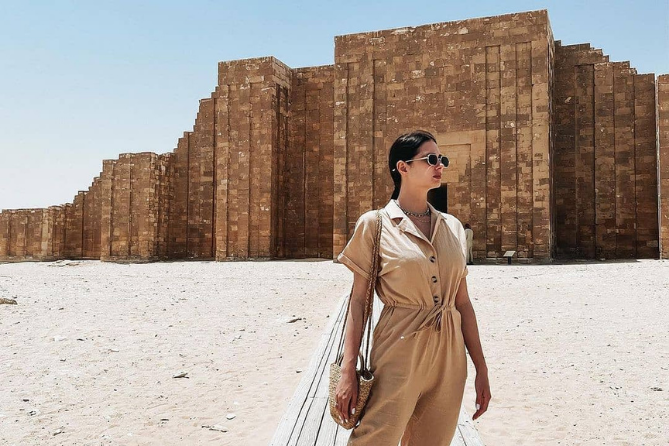South Africa. Canyons, waterfalls, wildlife and two oceans - 13 days
3195$
Duration: 13 days +2
Order now, pay later!
- Free cancelation
- No prepayment required
- Book in just 1 minute
Description
Day 1. Johannesburg. Soweto Township. The affluent neighborhood of Sandton.
We arrive in Johannesburg and check into a hotel in the Sandton neighborhood, one of the safest and wealthiest areas of the city. After a short rest we go for a walk to Soweto, South Africa's largest predominantly black township. Here we learn about the country's sad past - racial segregation and the struggle for equality during apartheid. Nelson Mandela, the famous statesman and human rights activist, lived in Soweto for almost twenty years and his house is now a museum. We will also see the graffiti-painted towers of the closed Orlando Power Station, a famous Johannesburg landmark.
If we have time, in the evening we walk around the modern Sandton district: in the 2000s, most of the big firms from the empty center of Johannesburg moved here, and now it is the city's new business district with five-star hotels, restaurants and one of the biggest shopping malls in the Southern Hemisphere. For dinner we head to a restaurant that serves local specialties. For example, we will be able to try bobotie - baked minced meat with seasonings, nuts and egg. It is interesting that this dish was brought to South Africa by natives from the islands of the distant Malay Archipelago, who still live in South Africa. Of course, everywhere in the city is sold biltong - the favorite snack of South Africans from marinated dried meat of different animals.
Day 2-3. Kruger National Park. Big African five animals.
We continue our group tour to South Africa and fly to Hoedspruit in the morning (1 hour). From the airport, we drive about half an hour to the safari lodge in the Kruger National Park. We fall under the care of professional guides who are animal photo hunters. We have lunch and depart for our first safari in an open jeep. Today we will see all the animals from colorful children's books - with our own eyes, up close!
August is the dry season and animals often gather near rivers and watering holes. We will try to see the big five of Africa up close - elephants, rhinos, buffalo, lions and leopards. Have you heard of the small five? This five small animals of Africa are called so in jest because of the similarity of their names with representatives of the big five, but they are no less impressive.
We will also spend the whole of the next day in the park watching animals. We will definitely see zebras, giraffes, cheetahs, antelopes of different species, crocodiles and hippos, and if we are lucky, we will manage to meet the most secretive and cautious predator - leopard. In the evening we will gather in a cozy company of travelers around the campfire to exchange impressions after a busy day under the sizzling embers of traditional African barbecue-braai.
Day 4. Panoramic road. Blyde River Canyon.
After breakfast and a morning bushwalk, we leave for the Panorama Road. We will drive approximately 300 kilometers in a day, stopping along the way to take in incredible views of the Blyde River Canyon. At the first stop, we'll hop on a boat and explore the canyon from below, gliding across the mirrored water and watching the reflection of the grandiose cliffs and densely bush-covered slopes.
Then we drive up to several viewpoints, the most famous of which is called "The Three Rondavelis". From here you can see three giant rocks, shaped like traditional African round houses - rondavelis.
The next stop is in another small canyon, where over thousands of years the water streams have washed out in the rocks the colossal cauldrons that look like holes in a head of cheese. A very unusual sight! Closer to the evening we reach the cozy town of Nelspright, where we spend the night in a hotel.
Day 5. Port Elizabeth. Beaches of the Indian Ocean.
Our author's tour of South Africa takes us to the ocean, to the city of Port Elizabeth, where we will take a connecting flight via Johannesburg (about 3,5 h in total). From here we will begin our journey westward along the famous Garden Route. But today we'll take a little rest and build up our strength. We stay at a remote hotel an hour and a half from the airport.
The deserted beach here stretches for several kilometers, and the silence is broken only by the cries of sea birds and the sound of the surf. We will walk or ride on horseback along the beach, enjoying the power of the Indian Ocean. The water temperature is about 19 degrees Celsius. Brisk, but it's safe to swim! We see off the sun over the horizon to the serene sound of the waves.....
Day 6. Gardens Road. Tsitsikamma National Park. Trek to the mouth of the stormy river.
Over the next five days we will explore the most interesting and beautiful places along the Garden Route. It passes through several hundred kilometers of coastline with ancient forests and bushland, where the slopes of the Cape Mountains are cut by deep river valleys and fossilized millennia-old dunes drop into the Indian Ocean. We are in the heart of the Cape Floristic Kingdom, the smallest of the planet's six biogeographic regions, but extremely biodiverse and the richest in endemic plants. Late winter is flowering time for some of the 7,000 plants here, including 96 species of gladiolus and the protea, South Africa's symbolic flower.
We will spend most of our first day on the Garden Route in Tsitsikamma National Park. First, we will walk along the rocky Otter Trail to a waterfall flowing directly into the sea (2.5 hours round trip), where we can swim in a natural pool of clear water. Then we will walk along the suspension bridges at the mouth of the Storm River. Active recreation lovers can go upstream into the narrow river canyon first on kayaks and then on inflatable mattresses-lilo, and jump into the cool water from the rocks. And the bravest can test themselves on the world's highest bungee jump from the Bloukrans Bridge. You have to jump from a height of 216 meters! After such an active day it's time to rest - we drive to the town of Plettenberg and check into a hotel on one of the best beaches in the country.
Day 7. Harbor seals and whales. Bird and primate parks.
Early in the morning we head out to the Robberg Peninsula Reserve, home to over 3,000 Cape fur seals. There used to be two colonies of thousands of these lovely animals in the Plettenberg Bay area, but uncontrolled harvesting led to their near extinction in the late 19th century. It took over a hundred years for the seals to return to these shores and begin to rebuild their population. Those who want to get a closer look at the harbor seals can take a 2-3 hour boat trip. You will swim right next to these funny and very curious animals!
If we are lucky, we will be able to see several species of whales from the shore that day. This is the time of their migration along the entire southeastern coast of Africa.
In the afternoon, you can visit one of the three wildlife conservation centers near Plettenberg. In one of them, more than 3,000 birds fly freely under a dome covering an area of two hectares, in another 500 species of primates stroll around, and in the third there are large felines from Africa and other continents.
Day 8. Heads of Naisna. Wilderness National Park. Mosselbye.
We continue our author's tour to South Africa and this day we travel another 140 kilometers west along the Garden Route, stopping for sightseeing along the way. Our first stop is the tranquil town of Naisna, famous throughout the country for its oysters. It even hosts an oyster festival once a year! It's also home to the Naisna Heads - two huge hills at the entrance to a fabulously beautiful bay - and Gericke's Point cliffs. These huge sandstone cliffs are actually ancient fossilized sand dunes.
We drive on and stop at the Wilderness National Park. The banks of the rivers and lakes here are covered with dense forest, a paradise for dozens of bird species. Here you can rent a canoe and go on a short hike to see kingfishers, turacos and herons.
By evening we reach the beach town of Mosselbay. Just in time for dinner at a popular local seafood restaurant!
Day 9-10. Sandboarding and ziplining over the ocean. Cape needlefish. Whales and Great White sharks.
The morning will be left to extreme athletes who want to sandboard down from the top of a 170-meter dune or try their hand at the world's longest ziplane over the ocean. You'll be flying 1,100 meters directly over the waves!
Adrenaline-charged travelers can relax on the bus, enjoying the views during the 4-hour drive to Cape Needle. This is the southernmost point of Africa and the place where the Atlantic and Indian Oceans officially meet (many people mistakenly believe that the boundary of the oceans is at the Cape of Good Hope, but it is not!). We reach the old lighthouse - from here we can see two oceans at the same time! In 2-3 hours we reach the town of Hermanus and settle in the hotel in anticipation of tomorrow.
In the morning we go out into the ocean by boat to meet the whales. Hermanus is famous throughout South Africa and is one of the top 12 best places in the world for whale watching. During the migration season from June to November, you can often see Bryde's, humpback and southern right whales even from the shore, and once a record 196 whales were seen in one day from an airplane! Unlike other places in South Africa, whales are allowed to swim up to 50 meters instead of the usual 300 meters!
On request, divers and thrill-seekers can dive into the water in a cage to observe several species of sharks. And if we are lucky, we will see a great white shark leap out of the water chasing its prey - one of the rarest and most impressive spectacles in South Africa.
In the evening we stroll around the city, watching the local life and savoring seafood. Don't forget to keep your ears open in case you hear a "whale screamer" - a specially trained man whose only job is to tell others that another whale has been spotted off the coast of Hermanus!
Day 11. Penguin colony. Wineries and wine tasting. Stellenbosch and Franshoek.
We leave the hotel early to catch the morning activity at the country's largest colony of African penguins about an hour's drive from Hermanus. We watch these lovely birds leave the beach en masse, heading out for a full day of fishing. From time to time, the birds let out piercing cries - and we immediately understand why these penguins are also called donkey penguins.
Another hour's drive and we are in the picturesque wine region. We drive through the quiet, oak-lined streets of Somerset West and stroll among the Dutch architecture in Stellenbosch. We taste wines of famous South African varieties, including sauvignon blanc and South African Pinotage.
We reach Franshoek, the capital of winemaking, which was founded by French Huguenots in the 17th century. The town's name means "French corner" in Afrikaans. Longing for their homeland, the settlers tried to recreate the atmosphere of France in their mountain-surrounded farms and winery estates. We will be staying overnight in one of these luxurious haciendas, now partly converted into hotels.
Day 12-14. Cape of Good Hope. Cape Town. Table Mountain and "Lion's Head"
The Cape Peninsula is home to all the most popular places that no South African itinerary is without. And we have saved them for the final days of the trip. Over the two days, we'll drive around the peninsula on scenic roads, visit some atmospheric coastal villages and towns, and walk the trail from Cape Point to the historic Cape of Good Hope. Gaze out over the vast ocean while listening to the wind... Perhaps in the breeze you'll hear stories of medieval seafarers' voyages to India and smell the subtle aroma of mysterious spice islands.
Travelers in Cape Town often hesitate which of the two mountains is better to climb for breathtaking scenery and perfect photos - Table Mountain or Lion's Head. We don't choose and will visit both - we will climb Table Mountain by cable car and the top of Lion's Head on foot in about an hour and a half. Both mountains offer incredible views of the city, the surrounding ocean and the twelve apostle cliffs.
We'll also enjoy ethereal sunsets over the Atlantic, a walk through the colorful Bo-Kaap district, where descendants of Muslims from Southeast Asia and other countries colonized by Britain and Holland live, and dinners at restaurants on the V&A Waterfront.
On the morning of the fourteenth day, we bid farewell to the tour leader and fly home from Cape Town or transit Johannesburg. Our group tour to South Africa is complete. Thank you for traveling with us!
Is this journey a good fit for you?
The route is a light level of physical activity, suitable for people in normal physical shape. We will do a lot of walking in cities, marked trails in national parks and reserves (up to 4-5 hours per day), with small climbs (maximum 350 meters vertical). We will have four domestic flights and short transfers by rented transportation with stops at interesting places along the way, as well as boat trips. We will live in double rooms in 4* hotels along the route, with hot water and wi fi. In the Kruger Park it is possible to stay in safari tents, which correspond to 4-5* hotels.
Visas:
Citizens of the EU, USA and some other countries can obtain a visa on arrival. Citizens of many countries need to obtain a visa at the embassy in their country of residence. We provide free visa consultations for clients.
Included:
- Four domestic flights
- All travel along the route by public and rented transportation, including cabs, cable car to Table Mountain and the like
- Accommodation in double rooms in hotels throughout the trip
- Jeep Safari
- Breakfasts at almost all hotels and full 3 meals a day while in the Kruger National Park
- A boat trip to observe whales and other marine animals
- Kayaking and canoeing in national parks on the Garden Route
- Accompaniment throughout the entire route
Not included:
- Flights to Johannesburg / Cape Town and back. (We will help you find the best tickets)
- Insurance (mandatory)
- Meals ($30-40 per day)
- Entrance fees to national parks and attractions ($200)
- Snorkeling / diving (cage diving and shark jumping - approximately $200 per person)
- Extreme activities (bungee jumping $100, ziplining/sandboarding $30-40)
- Visa (if required)
Take with you:
- Passport
- Headdress
- Money for souvenirs
- Personal care products
- Comfortable shoes




